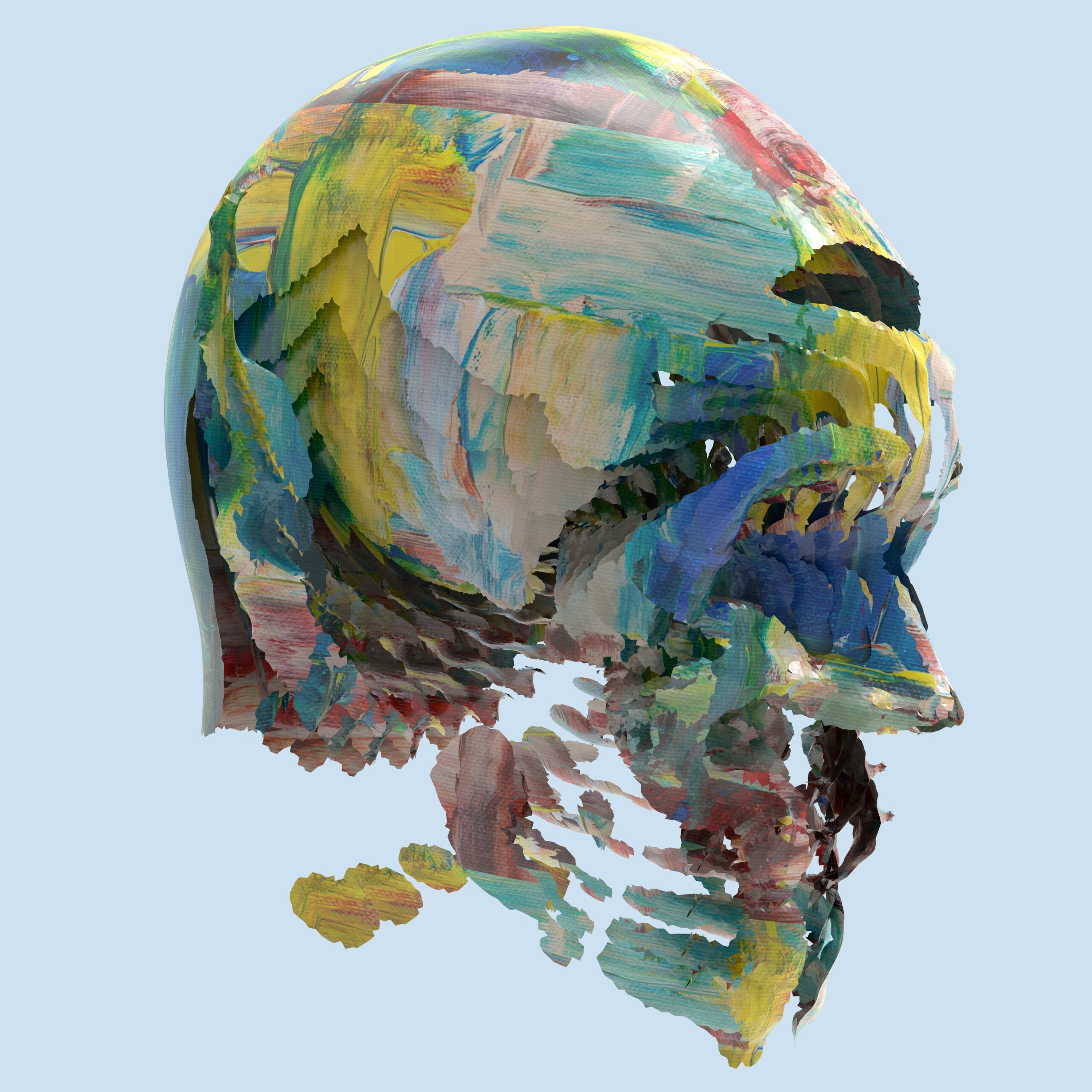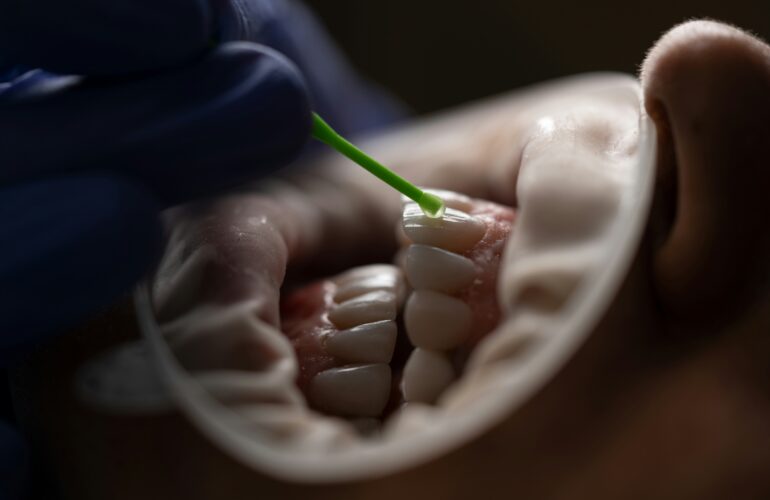In the ever-evolving landscape of modern dentistry, technological advancements continue to reshape the way oral healthcare is delivered. One of the most transformative innovations in recent years is 3D imaging technology, also known as cone beam computed tomography (CBCT). This cutting-edge technology is revolutionizing dentistry by providing more accurate diagnostics, precise treatment planning, and improved patient care. In this blog post, we’ll delve into the impact of 3D imaging on dental practice and patient outcomes.
What is 3D Dental Imaging?
3D dental imaging, or CBCT, is an advanced imaging technique that captures high-resolution, three-dimensional images of the oral and maxillofacial structures1. Unlike traditional two-dimensional dental X-rays, 3D imaging offers a comprehensive view of the teeth, jawbone, and surrounding tissues, enabling dentists to visualize anatomical structures from various angles and perspectives.
Enhanced Diagnostic Accuracy
Why It’s Crucial: Accurate diagnosis forms the foundation of effective dental treatment. With 3D imaging, dentists can identify and evaluate dental issues with unprecedented precision.
Benefits:
- Early Detection of Dental Problems: 3D imaging allows for the early detection of conditions such as hidden cavities, infections, and tumors2. Early intervention can lead to better treatment outcomes and improved patient prognosis.
- Precise Treatment Planning: Dentists can use 3D images to plan treatments, including implant placements, with pinpoint accuracy by assessing bone density, nerve location, and other critical factors3.
Personalized Treatment Planning
Why It’s Crucial: Personalized treatment plans based on individual patient needs are essential for achieving optimal results and patient satisfaction.
Benefits:
- Tailored Treatment Plans: 3D imaging enables dentists to create customized treatment plans by evaluating each patient’s unique oral anatomy and condition4. This personalized approach ensures more predictable and successful treatment outcomes.
- Enhanced Patient Communication: Detailed 3D images facilitate clearer communication between dentists and patients, allowing for better understanding and informed decision-making regarding treatment options5.
Enhanced Patient Comfort and Safety
Why It’s Crucial: Ensuring patient comfort and safety is paramount in dental practice, and 3D imaging technology offers several advantages in this area.
Benefits:
- Reduced Radiation Exposure: Despite its detailed imaging capabilities, 3D imaging exposes patients to lower radiation doses compared to traditional CT scans6. This reduced radiation exposure makes 3D imaging a safer option for frequent use in dental diagnostics.
- Efficient Imaging Process: 3D scans are quick and efficient, minimizing the time patients spend in the dental chair and reducing discomfort during the imaging process7.
Future Implications and Advancements
As the dental community continues to embrace 3D imaging technology, ongoing research and development are paving the way for future advancements. Potential innovations may include enhanced imaging resolution, integration with digital technologies like CAD/CAM systems for custom prosthetics, and the development of AI-powered diagnostic tools8.
Conclusion
3D imaging technology is revolutionizing the field of dentistry by offering unparalleled benefits in diagnostic accuracy, treatment planning, patient comfort, and safety. As dental practices increasingly adopt this cutting-edge technology, patients can expect to receive more personalized, efficient, and effective dental care.
Choosing a dental provider equipped with 3D imaging capabilities can significantly enhance your oral healthcare experience, ensuring optimal treatment outcomes and beautiful smiles for years to come. Embrace the future of dentistry with 3D imaging technology and experience the transformative impact on your dental care journey.
Footnotes
- White, S. C., & Pharoah, M. J. (2014). Oral radiology: Principles and interpretation (7th ed.). Elsevier. ↩
- Bornstein, M. M., Scarfe, W. C., Vaughn, V. M., Jacobs, R. (2014). Cone beam computed tomography in implant dentistry: a systematic review focusing on guidelines, indications, and radiation dose risks. International Journal of Oral & Maxillofacial Implants, 29(Suppl), 55-77. ↩
- Tyndall, D. A., Price, J. B., Tetradis, S., Ganz, S. D., Hildebolt, C., Scarfe, W. C., & American Academy of Oral and Maxillofacial Radiology (2012). Position statement of the American Academy of Oral and Maxillofacial Radiology on selection criteria for the use of radiology in dental implantology with emphasis on cone beam computed tomography. Oral Surgery, Oral Medicine, Oral Pathology and Oral Radiology, 113(6), 817-826. ↩
- Ludlow, J. B., Davies-Ludlow, L. E., Brooks, S. L., Howerton, W. B. (2006). Dosimetry of 3 CBCT devices for oral and maxillofacial radiology: CB Mercuray, NewTom 3G and i-CAT. Dentomaxillofacial Radiology, 35(4), 219-226. ↩
- Loubele, M., Bogaerts, R., Van Dijck, E., Pauwels, R., Vanheusden, S., Suetens, P., … & Jacobs, R. (2008). Comparison between effective radiation dose of CBCT and MSCT scanners for dentomaxillofacial applications. European Journal of Radiology, 71(3), 461-468. ↩
- Pauwels, R., Beinsberger, J., Collaert, B., Theodorakou, C., Rogers, J., Walker, A., … & Horner, K. (2012). Effective dose range for dental cone beam computed tomography scanners. European Journal of Radiology, 81(2), 267-271. ↩
- Schulze, R., Heil, U., Gross, D., Bruellmann, D. D., Dranischnikow, E., Schwanecke, U., … & Arteaga, M. C. (2011). Artefacts in CBCT: a review. Dentomaxillofacial Radiology, 40(5), 265-273. ↩
- European Society of Radiology (2011). White paper on radiation dose in medicine. Insights into Imaging, 2(2), 115-124. ↩




